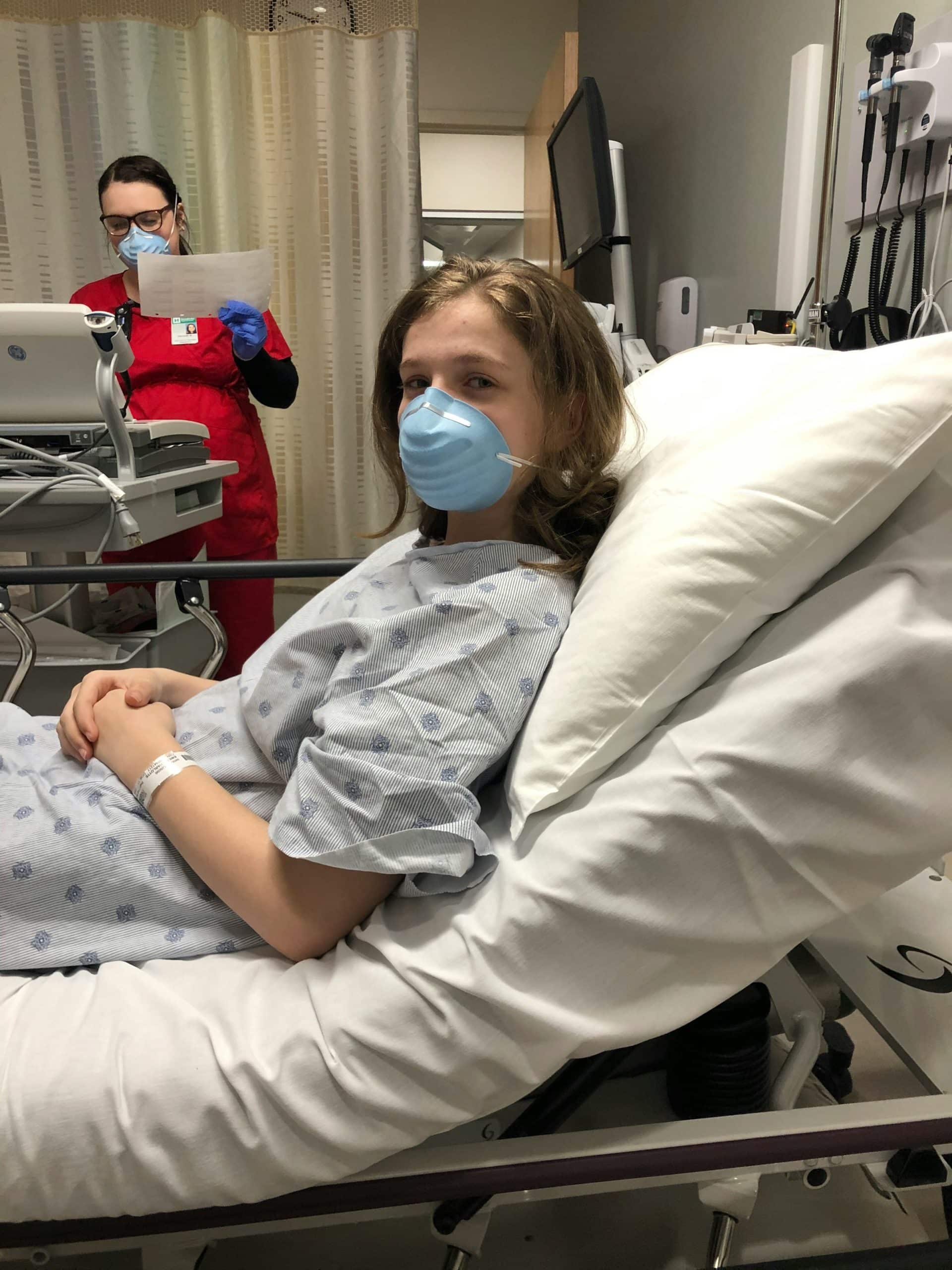How Effective Are Electronic Health Records (EHRs) in Preventing Medical Errors in Hospitals?

In an era of digitalization, the healthcare industry is not left behind. One of the revolutionary steps taken by the industry is the adoption of Electronic Health Records (EHRs). By digitizing patient data, EHRs have the potential to greatly impact the health sector. They can reduce costs, increase efficiency, assist in the decision-making process, and improve patient care. However, a pressing question remains: can EHRs effectively prevent medical errors in hospitals? This article provides an in-depth analysis of this question.
Understanding The Role of EHRs in Healthcare
An Electronic Health Record (EHR) is a digital version of a patient’s health history, maintained by the healthcare provider over time. It includes crucial data such as medical history, diagnoses, medication, treatment plans, immunization dates, allergies, radiology images, and laboratory test results.
Avez-vous vu cela : Can Creative Writing Workshops Reduce Symptoms of Depression in College Students?
EHRs have become an integral part of modern healthcare delivery due to their potential to improve care. They offer a comprehensive view of a patient’s health and enable healthcare providers to make better-informed decisions. Additionally, they facilitate the sharing of data among different healthcare professionals, ensuring a coordinated approach to patient care.
The Impact of EHRs on Patient Safety
Numerous studies suggest that EHRs significantly contribute to patient safety. One of the main ways this is achieved is through reducing medication errors. EHR systems come with features such as medication reconciliation, decision support, and electronic prescribing, which minimize the chances of medication errors.
A lire en complément : Can Exposure to Multicultural Environments Boost Creativity and Cognitive Flexibility?
For instance, the medication reconciliation feature helps avoid errors when patients are transferred between different care settings or when their medication is changed. The decision support feature provides alerts to providers about potential medication-related issues, such as allergies or drug interactions. Electronic prescribing eliminates handwriting errors, which are a common cause of medication errors.
However, the effectiveness of EHRs in preventing medical errors depends on the proper implementation and use of these systems. Care providers must be adequately trained on how to use EHRs to optimize their benefits.
EHRs and Error Prevention: The Role of Data Accuracy and Accessibility
Data accuracy and accessibility are critical aspects of EHRs that greatly contribute to preventing medical errors. With EHRs, care providers have access to accurate and up-to-date patient information. This reduces the risk of errors that can occur due to incomplete or outdated patient data.
Moreover, EHRs make patient data easily accessible to providers, ensuring they have all the necessary information when making clinical decisions. This is particularly beneficial in emergency situations where timely access to patient information can be life-saving.
Despite the advantages, EHRs can also introduce new types of errors. These include data entry errors and system errors. Thus, hospitals must continually monitor their EHR systems and implement measures to prevent such errors.
The Influence of EHRs on Documentation and Communication
EHRs significantly improve documentation and communication in healthcare settings. Improved documentation is critical in reducing medical errors. With EHRs, care providers can easily record and retrieve patient information, eliminating the risk of missing or misinterpreted data.
Moreover, EHRs foster communication among healthcare professionals. They enable seamless information sharing, reducing the risk of miscommunication, which is a leading cause of medical errors.
However, the transition from paper records to EHRs can be challenging. It requires significant changes in workflows and processes. Therefore, successful implementation of EHRs requires proper training and support for healthcare professionals.
EHRs Implementation Challenges and Solutions
Despite their potential benefits, the implementation of EHRs is not without challenges. These include high initial costs, resistance from staff, technical issues, and concerns about data privacy and security.
To overcome these challenges, hospitals need to invest in training and support for their staff. They also need to ensure that their EHR systems are reliable and secure. Ultimately, the success of EHRs in preventing medical errors depends on how well these challenges are addressed.
In conclusion, EHRs have the potential to significantly reduce medical errors in hospitals. However, their effectiveness depends on factors such as data accuracy, accessibility, and the quality of implementation. With proper use and continuous improvement, EHRs can greatly contribute to patient safety in hospitals.
Data Integrity and EHRs: Implications for Patient Safety
Data integrity in Electronic Health Records (EHRs) plays a significant role in patient safety. This refers to the accuracy, consistency, and reliability of the data entered into the EHR system. Accurate data is critical in making precise medical decisions and preventing medical errors.
When health care providers input incorrect, inconsistent, or incomplete data into the EHR system, it can lead to severe patient safety hazards. This can occur due to system design issues, user errors, or a combination of both. For instance, small errors like misspelled drug names, incorrect patient identifiers, or outdated test results can result in serious medication errors or misdiagnoses.
Moreover, data integrity is closely linked to data accessibility. In a well-structured EHR system, health professionals can easily access accurate patient data, allowing them to provide timely and appropriate care. For example, in an emergency, having immediate access to a patient’s allergy information can prevent harmful drug reactions.
However, maintaining data integrity in EHRs is challenging. It requires strict data governance, regular system audits, and continuous user education. Hospitals must also ensure that their EHR systems have robust error detection and correction mechanisms. These measures can help identify and rectify data integrity issues, thereby enhancing patient safety.
The Future of EHRs in Preventing Medical Errors
The potential of EHRs in preventing medical errors is immense. As technology advances, we can expect EHR systems to become more intelligent, predictive, and user-friendly. For instance, future EHRs might incorporate advanced decision support algorithms or artificial intelligence tools to detect and prevent potential medical errors.
Already, some health care organizations are experimenting with machine learning algorithms that analyze EHR data to predict patient outcomes and prevent adverse events. These tools can help clinicians detect subtle patterns in patient data that might be overlooked in traditional care settings.
Moreover, as interoperability standards evolve, EHRs will become increasingly connected. This means that patient data can be seamlessly shared across different health care settings, reducing the risk of information gaps that can lead to medical errors.
However, realizing these benefits requires ongoing effort and commitment from health care organizations. They must continually invest in their EHR infrastructure, staff training, and data governance practices. Moreover, they must foster a culture of safety where potential errors are identified, reported, and learned from.
Conclusion
In conclusion, Electronic Health Records (EHRs) have the potential to significantly reduce medical errors in hospitals. They offer many benefits, such as improved data accuracy and accessibility, enhanced decision support, and better communication among healthcare professionals. However, the effectiveness of EHRs depends largely on how well they are implemented and used.
Despite the challenges involved in EHR implementation, including high costs, resistance from staff, technical difficulties, and privacy concerns, these can be mitigated with proper training, support, and a robust data governance strategy.
The future of EHRs is promising, with advancements in technology promising even greater error prevention capabilities. However, this trajectory requires an enduring commitment from health care organizations to continually improve their EHR systems and practices. With such commitment, EHRs will continue to be a powerful tool in enhancing patient safety and reducing medical errors in hospitals.
